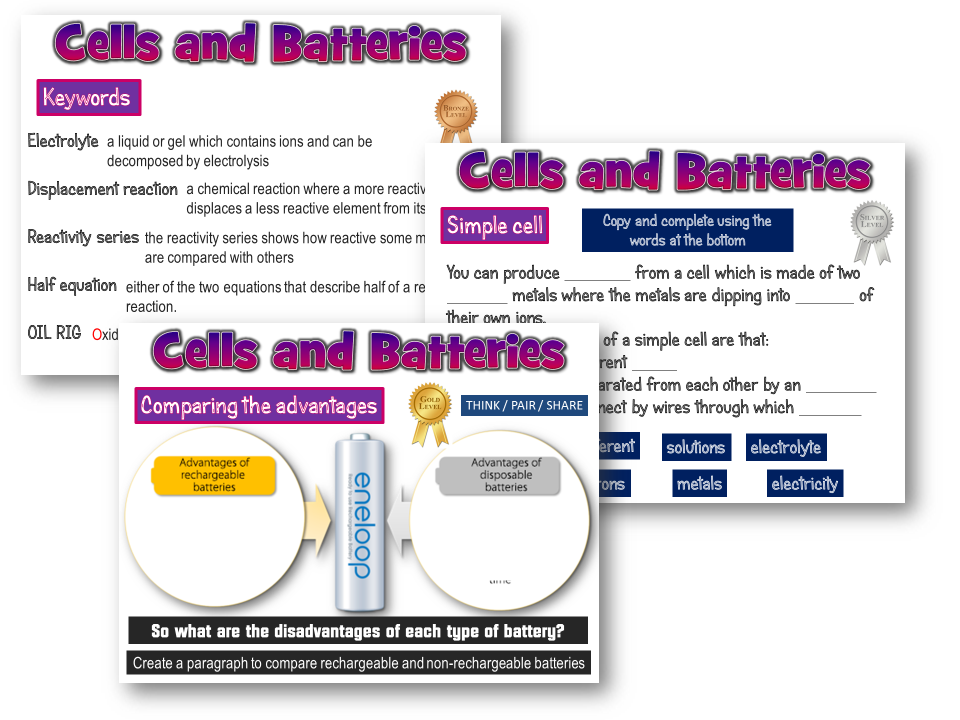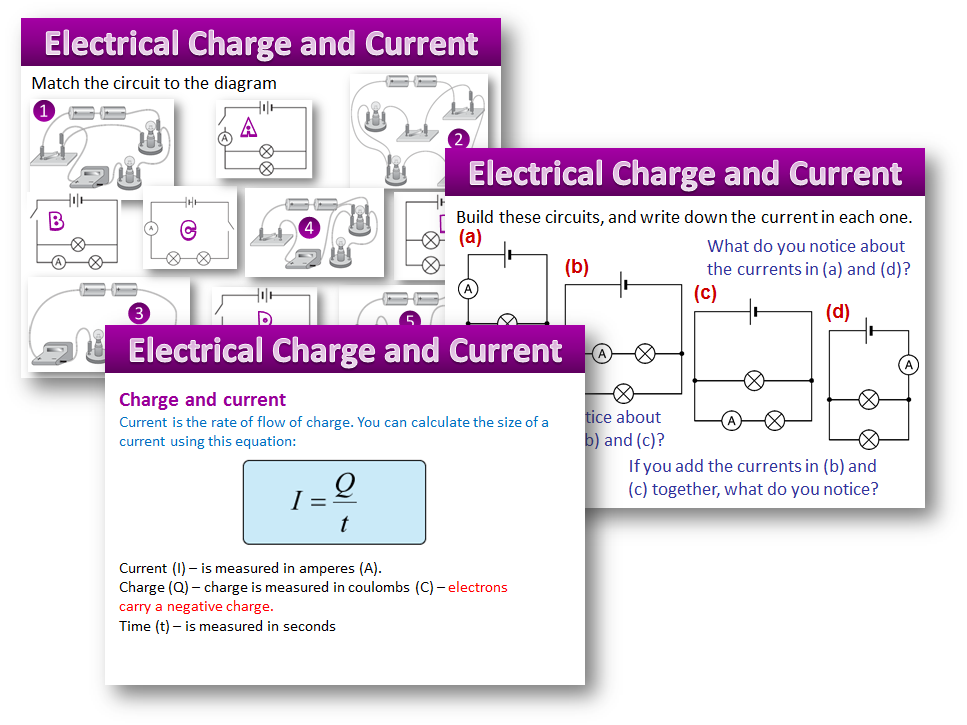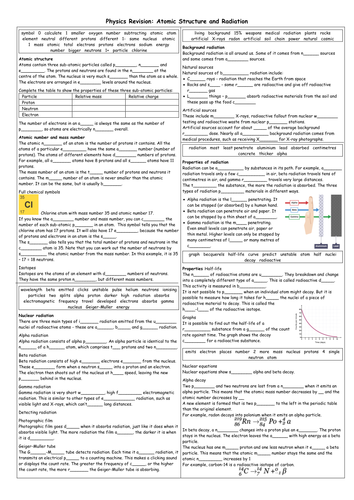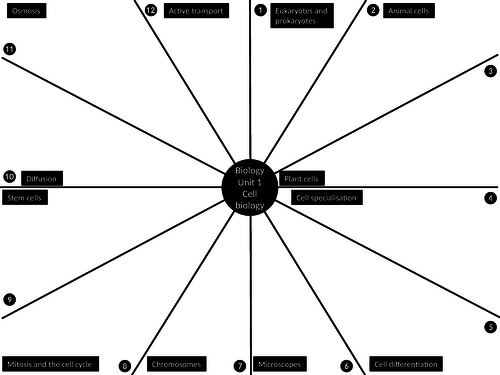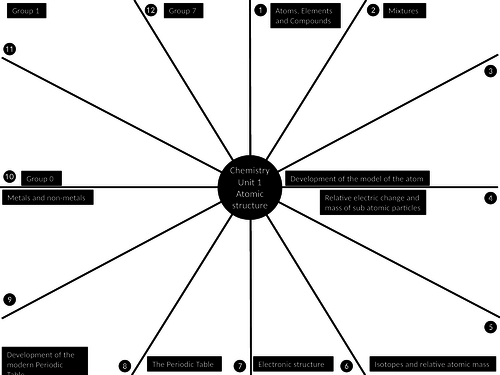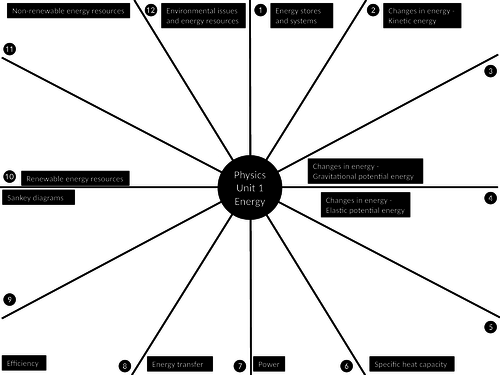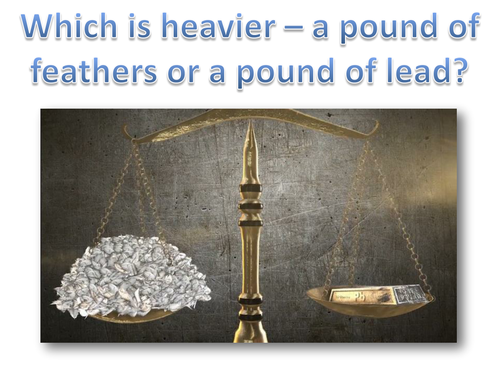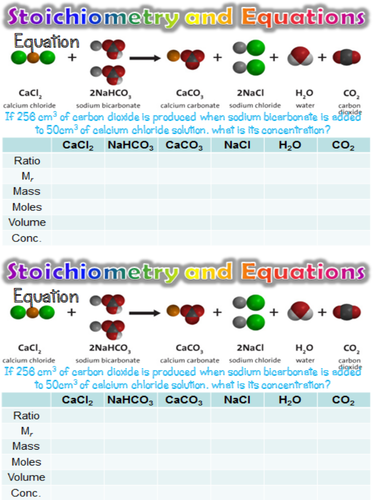
133Uploads
190k+Views
309k+Downloads
All resources

Cells and Batteries - New AQA 2016 chemistry
A lesson for the new GCSE Chemistry for AQA triple award only. The resource includes a worksheet for a practical using metals and fruit juices to underpin the key-points from the syllabus on what effects the voltage in a simple cell and a presentation to reinforce key ideas. The presentation includes assessment opportunities to test pupils understanding and links in the topic to previous parts of the syllabus. The are two versions of the presentation - one that is suitable for those who have versions of PowerPoint that don't support some fonts

Electrical Charge and Current
A presentation and calculations to teach about electrical charge and current. There are various assessment questions as part of the PowerPoint

Atomic Structure and radiation A3 summary sheet
A summary of atomic structure and radiation in a easily accessible fashion. Used with a low ability group and printed on A3 paper

AQA Chemistry / Trilogy - Gases in the atmosphere
A presentation with resources to introduce the unit on chemistry of the atmosphere. The idea of the changes in the atmosphere over time are introduced and present composition is discussed. Activities and answers, where appropriate, are included. This is the first in the series of lessons for the AQA unit on chemistry of the atmosphere, but it can be taught as a stand alone lesson

AQA Chem / Trilogy - Evolution of the atmosphere
A presentation to teach the importance of evolution of algae and plants and the part played by the oceans in the development of the atmosphere. This is lesson three in the chemistry of the atmosphere unit for AQA, but can be taught as a stand alone lesson. Activities with answers are provided on the presentation.

AQA Trilogy / Chemistry – Uses of Exo and Endothermic Reactions
The second lesson in a series of 4 for the C5 topic - Energy Changes. The everyday uses of exothermic and endothermic reactions are discussed and I usually bring in examples of these for the pupils to see / touch. The presentation has several examples and also an extended written question to compare a single use hand warmer with a reusable one. The lesson is fully resourced and can be delivered as a stand alone lesson

The Solar System
Resources for several lessons on the Solar System with worksheets and quizzes. Suitable for KS3 pupils

AQA Chemistry / Trilogy - Metals and Water
A presentation and worksheet to take pupils through the idea that metals react differently with water and to relate the reactivity of metals to their tendency to form positive ions

AQA Trilogy / Chemistry - Metals and acid
A fully resourced lesson with practical and worksheet. Pupils are to deduce the reactivity of metals by comparison of their reactions in acid and link this to previous lessons on reactions of metals with water and oxygen.

AQA Trilogy / Chemistry - Crude oil and hydrocarbons
A presentation with assessment questions and an embedded video to introduce pupils to the organic chemistry topic

Revision clocks - Biology Paper 1 - AQA Trilogy
The first 4 units of the Biology Paper 1 split into 12 sub sections. Pupils are to spend no more than 4/5 minutes on each section to try and ensure that the whole of a topic is covered.

Revision clocks - Chemistry paper 1 - AQA Triology
Revision clocks for 4 of the 5 units for chemistry paper 1. Each unit is split into sub sections. Pupils are to spend no more than 4/5 minutes on each section to try and ensure that the whole of a topic is covered.

Revision clocks - Physics paper 1 - AQA Triology
The first 4 units for the Physics Paper 1 split into sub sections. Pupils are to spend no more than 4/5 minutes on each section to try and ensure that the whole of a topic is covered.
Bundle

AQA Paper 1 Revision clocks
The first units for the Biology, Chemistry and Physics Paper 1s split into sub sections. Pupils are to spend no more than 4/5 minutes on each section to try and ensure that the whole of a topic is covered.

AQA Chemistry / Trilogy - Displacement reactions and ionic equations
A presentation to go with a practical activity to guide pupils through writing balanced symbol equations and half equations in order to identify oxidised or reduced chemical species in a displacement reaction

AQA Trilogy / Chemistry - Testing for gases
A fully resourced lesson (potentially 2) to teach pupils through experiment and demo, how to test for oxygen, hydrogen, carbon dioxide and chlorine. A video is also linked to the presentation

Crude oil and hydrocarbons
An introductory lesson on organic chemistry. Pupils are reminded of separation techniques used to separate mixtures and the definition of a mixture before the idea of crude oil as a mixture that needs to be separated to make it useful is introduced

AQA Trilogy / Chemistry - Acids and bases
A presentation and worksheet guiding pupils through identification of the ions responsible for acidity and alkalinity and the ionic equations to describe the formation of water during neutralisation reactions. Neutralisation equations are also consider along with salt formation

AQA Physics 2016 - Density (inc. required prac)
A presentation to take students through the theory of density. The presentation also walks pupils through the techniques needed to calculate density for regular and irregular solids and liquids. An adapted version of the AQA required Practical worksheet has also been included.
There is a set of differentiated questions on density calculations and theory to challenge students - the calculation answers are on the presentation.

Molar Gas Volume and Stoichiometry
Stoichiometry pathway to help pupils with calculations in chemistry. The presentation also covers the topic of molar gas volume.

